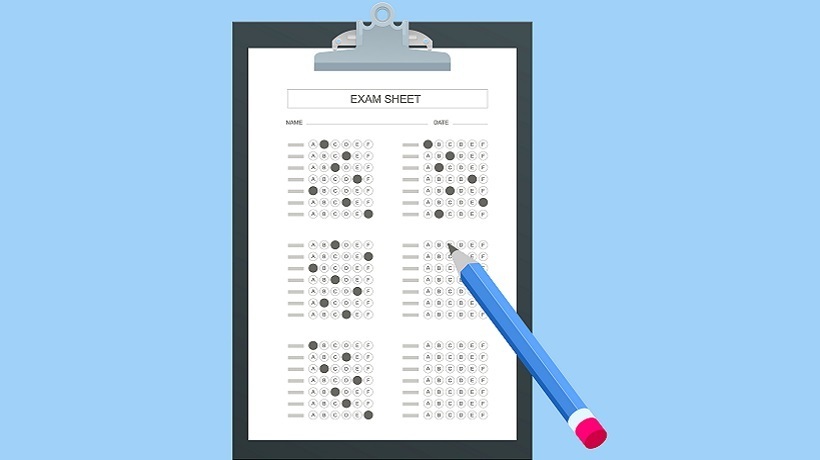How To Get Multiple Choice Questions Right
Today’s article aims to give you a better understanding of this question type, shed some light on its advantages and disadvantages, and also explain how to construct questions of this type properly (which is not as simple as it may seem at first glance). Let us begin by defining the principal characteristics of multiple choice questions.
Multiple Choice Questions Advantages
- Highly effective.
- Convenient - the learner only needs to mark the answer, no need to write anything.
- Can cover a wide range of topics.
- Can be used to test many degrees of understanding.
Multiple Choice Questions Disadvantages
- Hard to construct correctly.
- Coming up with plausible-sounding alternative answers is not easy.
- Time-consuming if formatted correctly.
- Learners who do not know the correct answer can still answer correctly by picking their answer at random.
As you can see, this question type comes with both advantages and disadvantages. Despite being universal, they are far from being easy to construct. The fact that learners who do not know the correct answer can still answer correctly with a lucky guess makes one jump through hoops trying to minimize the impact of luck on the test results. Do not despair though. Below you will find advice and best practices that will help you construct multiple choice questions the right way. You will learn how to make both the question and the answers more readable and easier to comprehend, and also how to make it so that learners guessing the correct answer does not skew the test results. Whenever possible, examples with commentary are also provided.
Some Advice Regarding The Construction Of Multiple Choice Questions
- If possible, order possible answers in a logical way (chronologically, alphabetically, from smallest to greatest etc).
- Make sure that the correct answer cannot be inferred from the question itself.
- Try to avoid answers like “All of the above”, “None of the above”, or “Answers A and C are correct”. Do not use answers that confuse the learner and do not contribute to knowledge retention.
- Whenever possible, use direct questions and not incomplete statements that need to be completed.
- Democracy is a system of government based on… - Incorrect.
- What is democracy? - Correct.
- If you find that a particular word is repeated in all answers to the question, it is recommended to move it to the question itself.
- Avoid negative constructions in your questions. It is always recommended to formulate questions positively as to not confuse the learner. If negation is unavoidable, bring the learner’s attention to the words expressing it by writing it in bold, in all caps, or by underlining it.
- Which of the options below is not a part of… - Incorrect.
- Which of the options below is NOT a part of… - Correct.
- Which of the options below is not a part of… - Correct.
- Try to keep all answers roughly the same length, and compose them in such a way that they are similar to one another.
- Give at least four or five answers to each question to decrease the chance of the learner guessing the correct answer.
- Make sure that the correct answer if not always the first (or the second, or the third) in the list of possible answers. Shuffle it up - ideally, for every question, the chances of every possible answer to be the correct one should be roughly equal.
- Use capital letters A, B, C, and D to mark the possible answers. This makes them more readable and helps avoid mistakes caused by the lack of attention.
How To Make Sure That A Question Is Constructed Correctly
The best way to understand if a multiple choice question is good is to see whether a person familiar with the subject is able to answer it correctly having read the question, but without looking at the answers.
Try not to make two or more answers that read similarly to each other. It is important to construct questions in such a way that the learner who has grasped the material can identify the correct answer quickly.
Most important, there should always be a single unambiguously correct answer. Aim to clearly identify the correct answer, and not to confuse the learner by having them to pick from a list of similar answers with subtle differences. Keep in mind that the goal of the test is to ensure that the learner who understands the subject answers correctly, and the one who has not yet grasped it - incorrectly.
Reference:
This article makes use of material from “A Short Guide to Writing Effective Test Questions” by Ben Clay from Kansas Curriculum Center.









